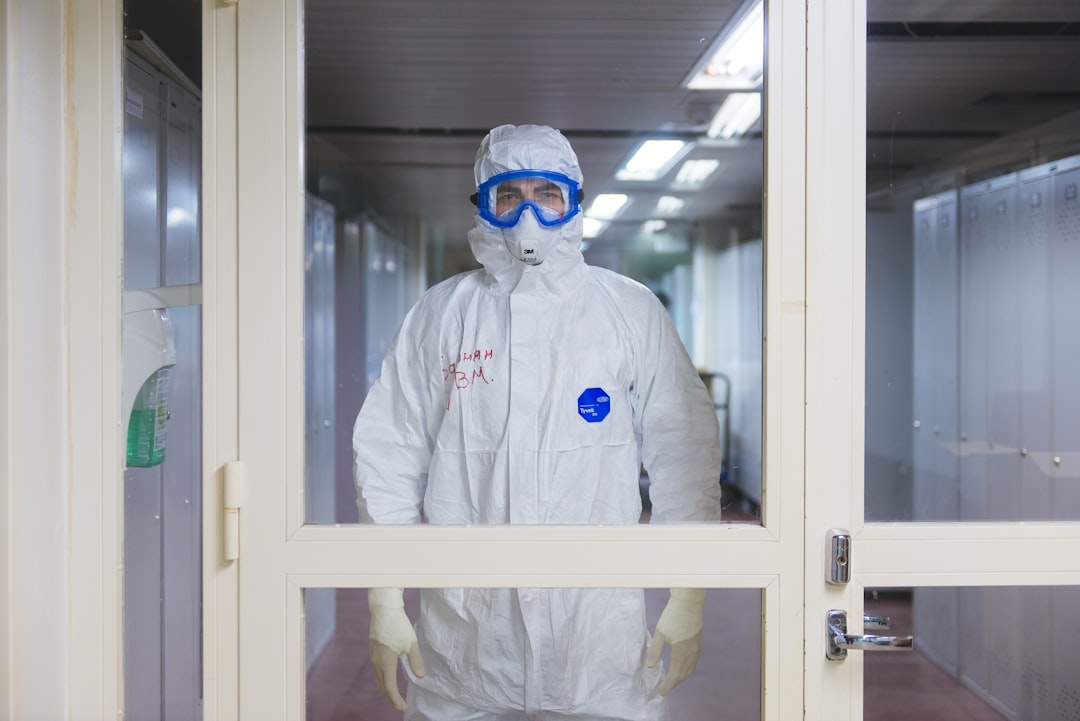What is it about?
Haemonchus contortus is the most pathogenic gastrointestinal parasitic nematode of small ruminants, which adult worms attach to abomasal mucosa and feed on the blood. Young animals usually carry more onerous parasite burdens than adult animals resulting in reduced animal production and eventually deaths. The abomasal parasitic nematode Haemonchus contortus can influence the abomasal microbiome of the host. On the other hand, no information occurs on the influence of the parasite on the hindgut microbiome of the host. We evaluated the impact of Haemonchus contortus on the fecal microbial community of the experimentally infected lambs treated with a mixture of medicinal herbs to ameliorate the haemonchosis. Female lambs were divided into four groups: infected animals, infected animals supplemented with a blend of medicinal herbs, uninfected control animals, and uninfected animals supplemented with medicinal herbs Lambs were infected orally with larvae of a strain of H. contortus susceptible to anthelmintics (MHco1). Herb blend (Herbmix) consisted of dry medicinal plants of Althaea officinalis, Petasites hybridus, Inula helenium, Malva sylvestris, Chamomilla recutita, Plantago lanceolata, Rosmarinus officinalis, Solidago virgaurea, Fumaria officinalis, Hyssopus officinalis, Melisa officinalis, Foeniculum vulgare, and Artemisia absinthium. Treatment lasted for 50 days. The fecal microbial fermentation parameters (short-chain fatty acids, ammonia, and pH) were evaluated at intervals of 0, 20, 32, and 50 days. The fecal eubacterial populations were evaluated by denaturing gradient gel electrophoresis (DGGE) at day 32 when H. contortus infection was the highest.
Featured Image

Photo by Gemma Evans on Unsplash
Why is it important?
Our hypothesis assuming the influence of medicinal herb mixtures supplemented with the diet of lambs infected by H. contortus on the fecal eubacterial population and microbial fermentation has not been approved. No substantial effects of the H. contortus infection and the herbal treatment on fecal microbial fermentation parameters and fecal eubacterial populations were observed. Evaluation of DGGE patterns by Principal component analysis indicates that hindgut microbial activity was not disturbed by H. contortus infection and herbal treatment.
Perspectives
To evaluate the diversity changes at a larger scale, the sequencing methods are essential.
Svetlana Kisidayova
Slovak Academy of Sciences
Read the Original
This page is a summary of: Can the foregut nematode Haemonchus contortus and medicinal plants influence the fecal microbial community of the experimentally infected lambs?, PLoS ONE, June 2020, PLOS,
DOI: 10.1371/journal.pone.0235072.
You can read the full text:
Contributors
The following have contributed to this page










